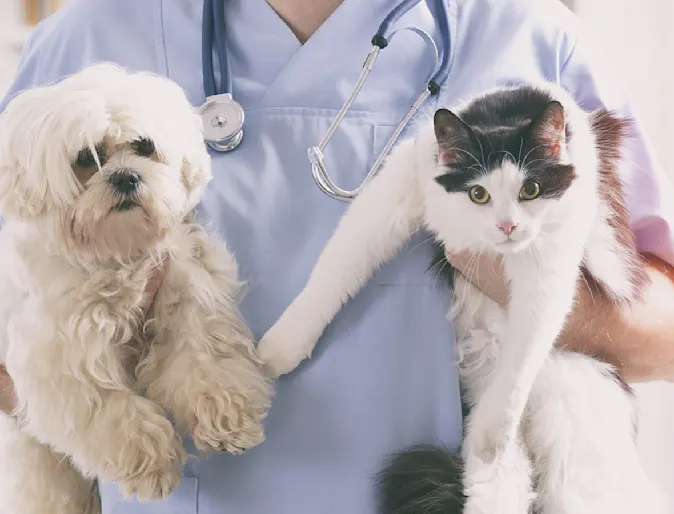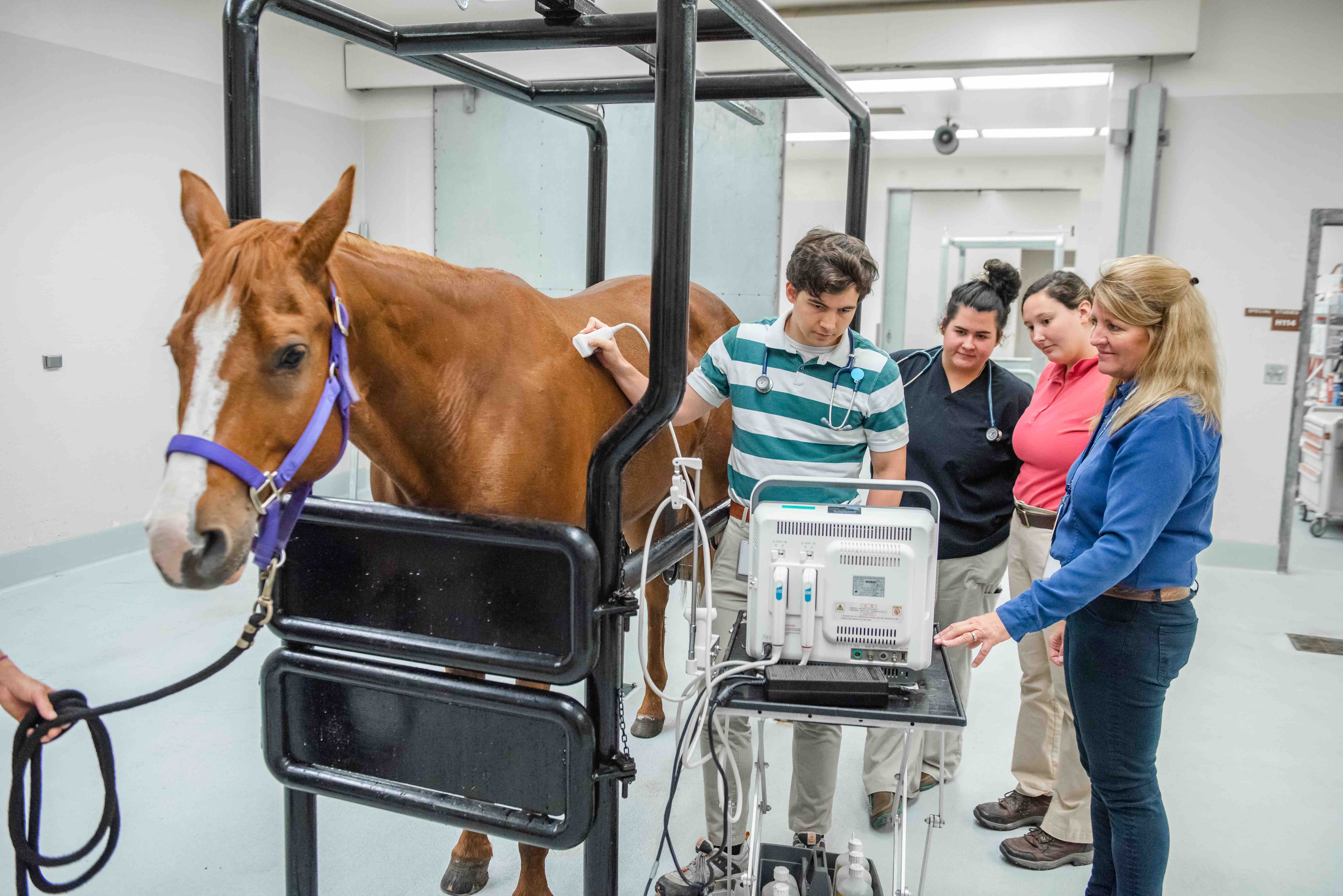Vet Advice on Healing and Care After tplo surgery for dogs
Vet Advice on Healing and Care After tplo surgery for dogs
Blog Article
Why Animal Rehabilitation Is Crucial: the Benefits of Veterinarian Services for Your Pet dog's Recuperation
Pet rehab is a crucial component of healing for pet dogs encountering injuries or handicaps. Veterinary services provide important support with tailored rehabilitation plans that resolve individual needs. These plans usually consist of pain management, physical treatment, and nutritional support. Comprehending the various elements of pet rehab can illuminate its value in enhancing healing end results. What certain advantages do these services supply, and exactly how can they transform a pet's healing journey?
Comprehending Animal Rehabilitation
Animal rehab encompasses a series of therapeutic techniques focused on recovering the health and wellness and performance of hurt or impaired animals. This field integrates numerous techniques, consisting of physical treatment, hydrotherapy, and occupational therapy, tailored to meet the details demands of each pet. Rehab experts analyze a pet's problem, creating customized therapy plans that might entail workouts to enhance muscle mass, enhance flexibility, and enhance total health. The process not just concentrates on physical recovery but additionally addresses psychological and behavioral facets. Animals frequently experience anxiety and stress and anxiety adhering to an injury, making mental health considerations important in rehab. By producing a supportive environment, specialists can help animals reclaim their self-confidence and adjust to their brand-new situations. Through regular sessions, animals can experience substantial improvements, inevitably leading to a better lifestyle. Overall, recognizing pet rehabilitation highlights its significance in advertising healing and boosting the bond between pets and their owners.
The Role of Discomfort Administration in Recuperation
How crucial is efficient discomfort management in the recovery of injured pets? It plays a crucial function in assisting in recovery and enhancing the overall wellness of family pets. Correct discomfort monitoring not just eases discomfort however likewise promotes movement, enabling pets to take part in recovery activities needed for recuperation. When discomfort is successfully taken care of, pets tend to react positively to treatment, leading to quicker rehabilitation outcomes.Veterinarians utilize various methods to assess and address discomfort, including medications, acupuncture, and alternative therapies. By customizing pain administration approaches to the private demands of each pet, vets can guarantee that family pets stay calm and cooperative throughout their recovery journey. Lessening pain assists lower anxiety, which can prevent recovery and lengthen healing times. To summarize, reliable pain monitoring is essential for enhancing the recuperation process and improving the top quality of life for injured pets.
Physical Therapy Methods for Animals
Many physical therapy strategies are available to help in the rehab of family pets recouping from injuries or surgical treatments (emergency vet bellingham). These techniques can improve movement, eliminate pain, and promote healing. Therapeutic workouts, for example, assistance strengthen muscle mass and boost joint function, enabling pet dogs to restore their physical abilities progressively. Manual treatment, that includes massage and mobilization, can reduce stress and boost circulation, adding to a much faster recovery.Other techniques such as passive series of activity workouts encourage joint versatility and decrease rigidity. Additionally, electrical stimulation treatment might be used to boost nerves and muscle mass, promoting healing and pain relief.Veterinary professionals frequently tailor these strategies per family pet's certain demands, guaranteeing a detailed rehab strategy. By carrying out these physical therapy methods, family pets can experience improved lifestyle and a more successful recovery from their ailments. The integration of these methods into rehabilitation programs is crucial for excellent healing outcomes
Benefits of Hydrotherapy for Rehab
Hydrotherapy uses considerable advantages in animal recovery, specifically in enhancing movement. This water-based therapy promotes discomfort alleviation while supplying convenience to harmed or recuperating animals. Additionally, it facilitates strength-building exercises that add to overall physical healing.
Enhanced Mobility Enhancement
As animals recuperate from injuries or surgeries, improved wheelchair commonly becomes a main objective of their rehab. Hydrotherapy functions as an important tool in attaining this goal. Via water-based workouts, pets can take part in low-impact movements that promote joint wheelchair and strengthen muscles without the stress of weight-bearing tasks. The buoyancy of water supports their bodies, permitting for boosted variety of activity and wheelchair improvement. In addition, hydrotherapy encourages far better balance and control, which are necessary for restoring regular movement patterns. Routine sessions can lead to considerable development in an animal's physical capacities, eventually boosting their quality of life. This strategy not just aids in recuperation but also promotes a more energetic and fulfilling lifestyle post-rehabilitation.
Pain Alleviation and Convenience

Relief from pain is an important facet of pet recovery, and hydrotherapy significantly adds to this procedure. By making use of water's buoyancy, hydrotherapy reduces joint anxiety and relieves pain during activity. This healing approach provides a soothing environment where family pets can take part in mild workouts without the full weight of their bodies influencing their healing. The cozy water promotes blood flow, promoting recovery while also motivating relaxation. Furthermore, hydrotherapy sessions can be tailored to satisfy the particular needs of the pet, making certain perfect comfort. As pets experience lowered discomfort and enhanced comfort levels, their total desire to join rehabilitation tasks often boosts, bring about a much more efficient recovery trip. Hydrotherapy serves as an essential device in boosting discomfort relief and comfort throughout recovery.
Toughness Building Exercises
Strength-building workouts play an essential function in the rehab procedure, with hydrotherapy offering unique advantages. This form of therapy uses water resistance to improve muscular tissue strength without placing too much pressure on the joints. The buoyancy of water supports the pet's weight, enabling for much safer motion and raised variety of movement. In addition, hydrotherapy can improve cardiovascular health and advertise total physical fitness, aiding in quicker recovery from injuries or surgical procedures. The controlled setting also reduces the threat of reinjury, making it an ideal alternative for pets needing recovery. Regular hydrotherapy sessions can cause visible improvements in wheelchair, toughness, and endurance, ultimately boosting the pet dog's lifestyle and capacity to return to normal activities.
Importance of Personalized Rehabilitation Strategies
Personalized rehabilitation plans are essential for resolving the one-of-a-kind needs of each animal, guaranteeing individualized therapy strategies. These strategies permit effective progress tracking and required modifications, promoting suitable recuperation outcomes. Additionally, a holistic technique can enhance the overall well-being of the animal, advertising a much more complete rehabilitation experience.
Individualized Therapy Approaches
While numerous rehab programs adopt a one-size-fits-all strategy, the one-of-a-kind demands of each animal demand customized treatment strategies for optimal recuperation. Personalized rehabilitation plans take right into account numerous elements, consisting of the pet's species, age, medical background, and specific injuries or conditions. By customizing treatments, vets can attend to each animal's unique obstacles, taking full advantage of the effectiveness of the recovery procedure. Individualized strategies may incorporate various modalities such as physical treatment, hydrotherapy, and restorative workouts, making sure that the treatment straightens with the animal's capabilities and progression. Furthermore, personalized strategies cultivate a more powerful bond in between the pet and the caregiver, promoting a more appealing and supportive healing atmosphere. Eventually, personalized therapy is crucial for accomplishing best feasible outcomes in animal rehab.
Progress Monitoring and Adjustments

Holistic Healing Techniques
Alternative healing approaches are vital for efficient pet rehabilitation, as they emphasize the significance of personalized treatment strategies tailored to every animal's certain needs. This technique considers the physical, emotional, and ecological elements influencing recovery. Custom-made rehab plans might include a combination of physical treatment, dietary therapy, and behavior modifications. By dealing with these varied facets, veterinarians can enhance the total well-being of the animal and promote a quicker recovery. Furthermore, such tailored strategies help with a much deeper understanding of the animal's distinct difficulties, bring about a lot more effective interventions. Inevitably, holistic healing approaches not just enhance physical wellness yet also add to the pet's psychological and psychological security, making certain a comprehensive rehab experience.
The Effect of Nutrition on Recovery
Nutrition plays an essential role in the recovery procedure for rehabilitating animals, frequently establishing the rate and effectiveness of recovery. A healthy diet plan provides the needed nutrients that support tissue repair service, enhance the body immune system, and improve overall vitality. Protein is especially important, as it helps in muscular tissue rebuilding and recuperation from injuries. Important fats, vitamins, and minerals additionally add to reducing inflammation and advertising ideal cellular function.Veterinarians often highlight the importance of customized nutrition strategies, thinking about each pet's certain needs, age, and health condition. Correct hydration is similarly crucial, as liquids help with nutrient absorption and help in cleansing. By making sure that family pets receive ideal nutrition, caregivers can significantly boost their opportunities of an effective healing, resulting in far better long-lasting health outcomes. Eventually, nourishment acts as a fundamental element in the rehab trip, sustaining pets in gaining back stamina and durability post-injury or illness.
Success Stories: Pets Who Grew After Rehab
Successful rehab tales abound, showcasing the durability of animals that have conquered substantial challenges. Take, for circumstances, Bella, a golden retriever who experienced extreme injuries from an auto crash. With dedicated vet care and a complete recovery program, she restored her mobility and went back to her playful self, much to her proprietor's joy. In a similar way, Max, an elderly pet cat detected with arthritis, experienced impressive renovation via a combination of physical Recommended Reading treatment and discomfort monitoring. His newly found agility allowed him to enjoy his favorite sunbathing places once more. An additional inspiring situation is that of Coco, a saved greyhound who overcame anxiety via therapy and socialization techniques, allowing her to flourish in her brand-new home. These success stories exemplify the transformative power of pet recovery, emphasizing that with the appropriate support, pets can not only recoup but lead fulfilling lives, enhancing the bonds they share with their households.
Often Asked Inquiries
The length of time Does the Rehabilitation Process Generally Consider Pet Dogs?
The recovery procedure for family pets commonly differs based on the injury or condition, ranging from a few weeks to a number of months. Specific development, therapy type, and commitment to workouts significantly affect the overall period of healing.
Are There Any Type Of Threats Connected With Pet Rehab?
Pet rehab might bring risks such as exacerbation of injuries, incorrect methods resulting in discomfort, or insufficient surveillance during recuperation. These elements can prevent progression and affect the general effectiveness of the recovery procedure.

Can All Pets Take Advantage Of Recovery Providers?
Not all pet dogs may call for rehab, however numerous can benefit greatly. Rehabilitation solutions can boost flexibility, alleviate pain, and boost overall health, especially for those recouping from injuries, surgical procedures, or why not try this out persistent conditions.
How Can I Prepare My Family Pet for Recovery Sessions?

What Signs Show My Pet Dog Needs Rehabilitation?
Signs showing a pet dog might require rehab include trouble strolling, limping, lowered activity levels, unwillingness to jump, or signs of pain. Observing these actions can motivate proprietors to seek specialist examination and therapy for their pet dogs.
Report this page